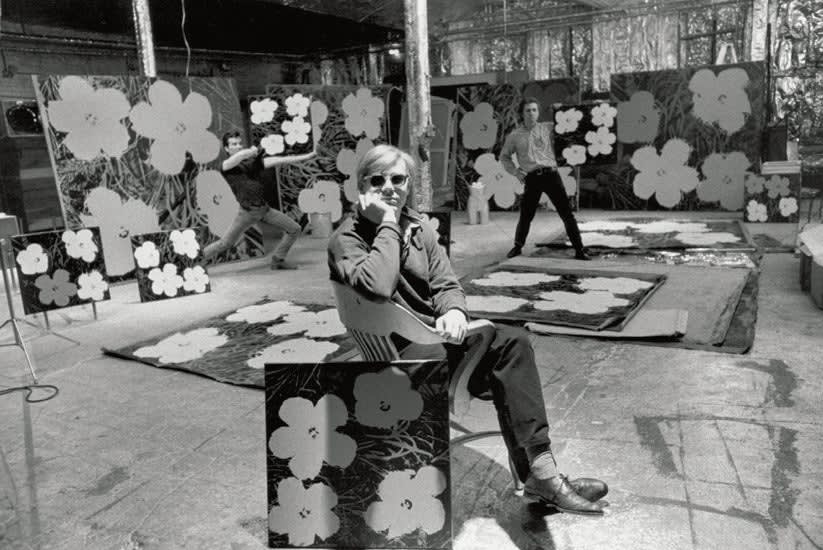Andy Warhol was more than an artist—he was a cultural phenomenon who redefined the relationship between art, celebrity, and commerce. As the face of Pop Art, Warhol transformed the ordinary into the extraordinary, elevating consumer goods and Hollywood icons to the canvas. His legacy lives on not just in museums, but in how we understand media, branding, and identity in the digital age.
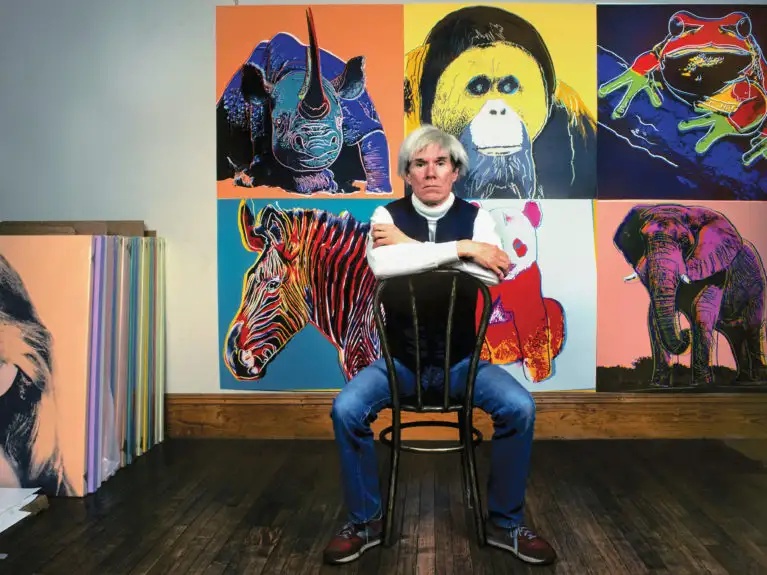
Why Is Andy Warhol Important?
Andy Warhol is important because he revolutionized the art world with his unapologetic embrace of mass production and consumerism. Through works like Campbell’s Soup Cans and Gold Marilyn Monroe, Warhol used screen printing—a technique more common in advertising than fine art—to comment on capitalism, fame, and repetition. Warhol saw celebrity as a constructed image and made it a core subject of his work. His belief that “art is what you can get away with” challenged traditional artistic authority and made room for artists to interpret the world through new, provocative lenses.
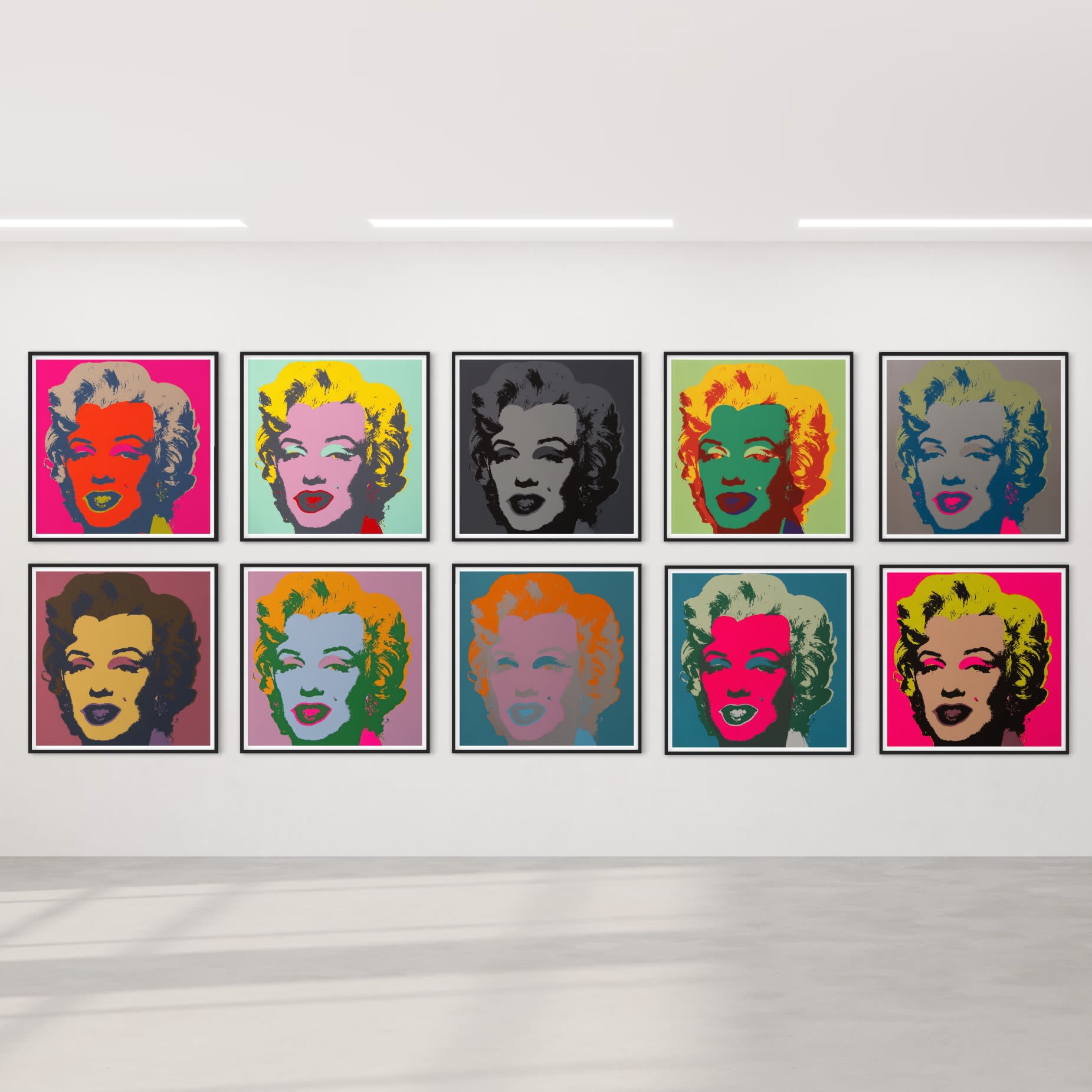
Andy Warhol’s Impact on Society
Warhol's studio, The Factory, was more than just a workplace—it was a cultural nerve center where artists, musicians, drag queens, poets, and filmmakers gathered. This collaborative, often chaotic environment blurred the lines between disciplines and birthed creative icons like Lou Reed and Edie Sedgwick. He also disrupted the elitism of the art world by turning mass-market imagery into gallery-worthy pieces, redefining what could be considered art.
Andy Warhol’s Legacy in Contemporary Art
Today, Warhol’s fingerprints are everywhere in contemporary art. Artists like Jeff Koons and Damien Hirst have adopted his fascination with commerce and celebrity. Warhol’s visual style is also a staple of modern marketing. Museums like The Andy Warhol Museum in Pittsburgh ensure that new generations discover his boundary-pushing vision.
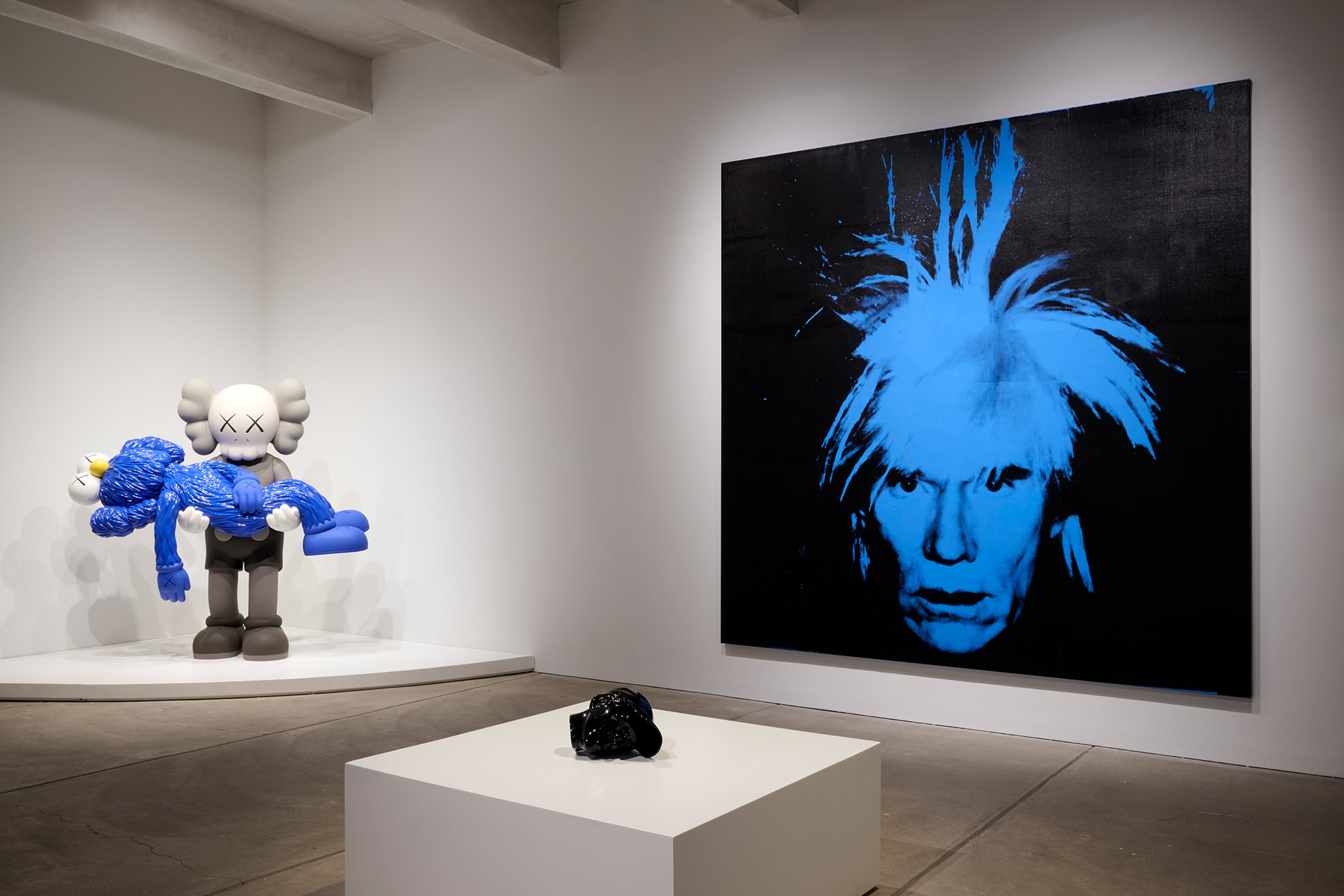
Andy Warhol and Today’s Popular Culture
Warhol's influence is perhaps most evident in the realms of music, fashion, and film. He helped launch The Velvet Underground, blending music and visual art. Designers frequently draw from his bold colors and graphic imagery. His quote, “In the future, everyone will be world-famous for 15 minutes,” perfectly predicts today’s social media and viral fame culture.
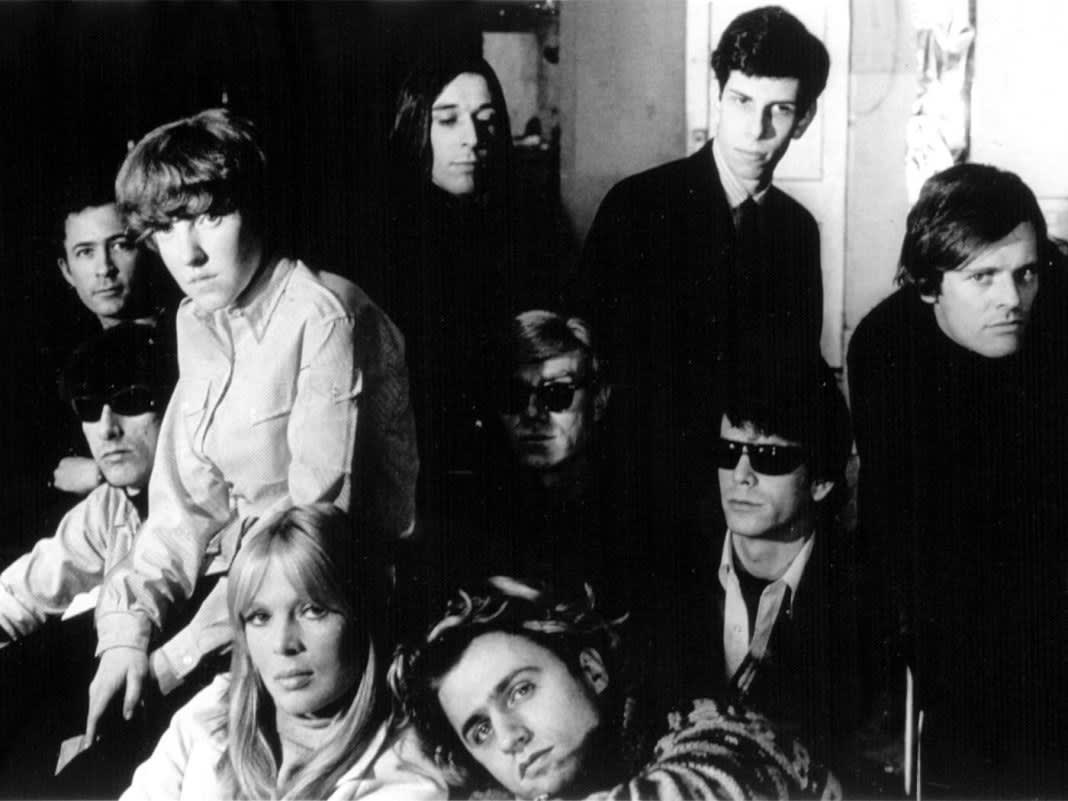
Andy Warhol wasn’t just reflecting his time—he was inventing the cultural lens through which we now view ours. His work continues to challenge, provoke, and inspire across industries and generations. Whether you're an art student, a designer, or a casual culture fan, Warhol’s influence is impossible to ignore.

